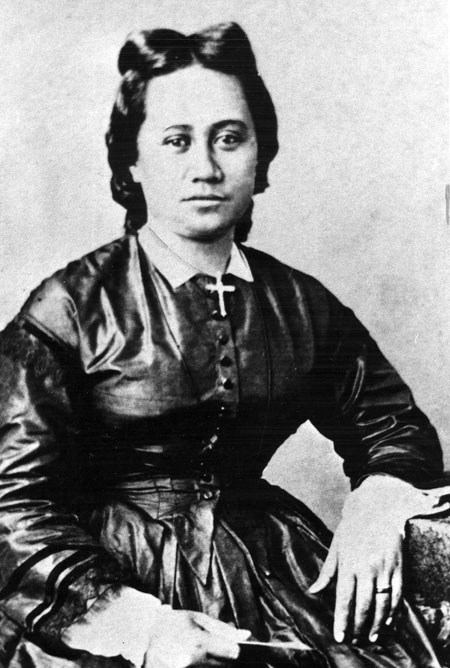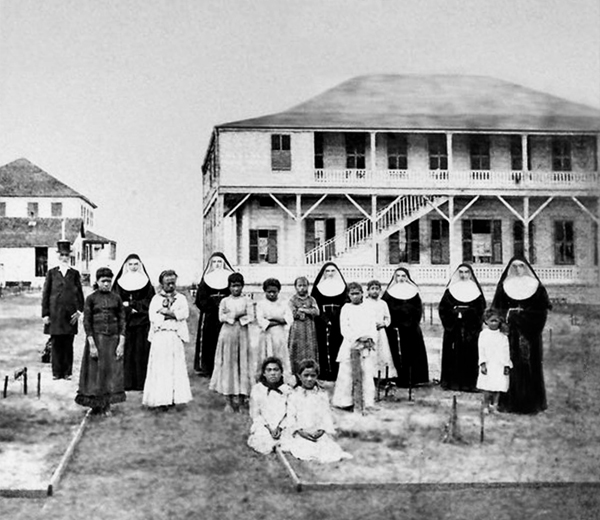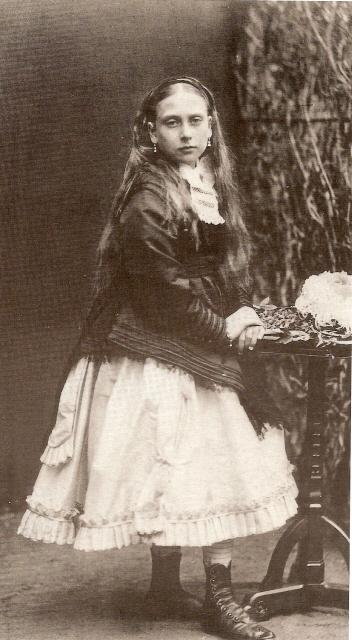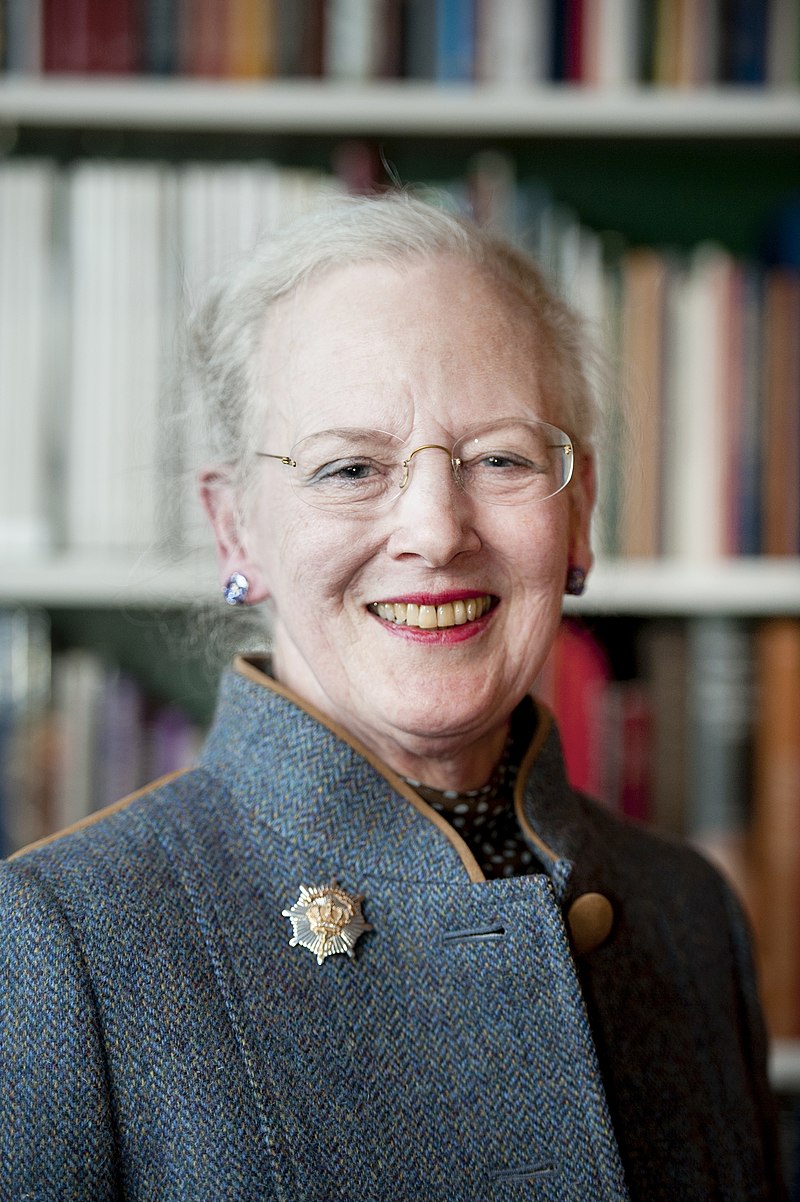© Unofficial Royalty 2024
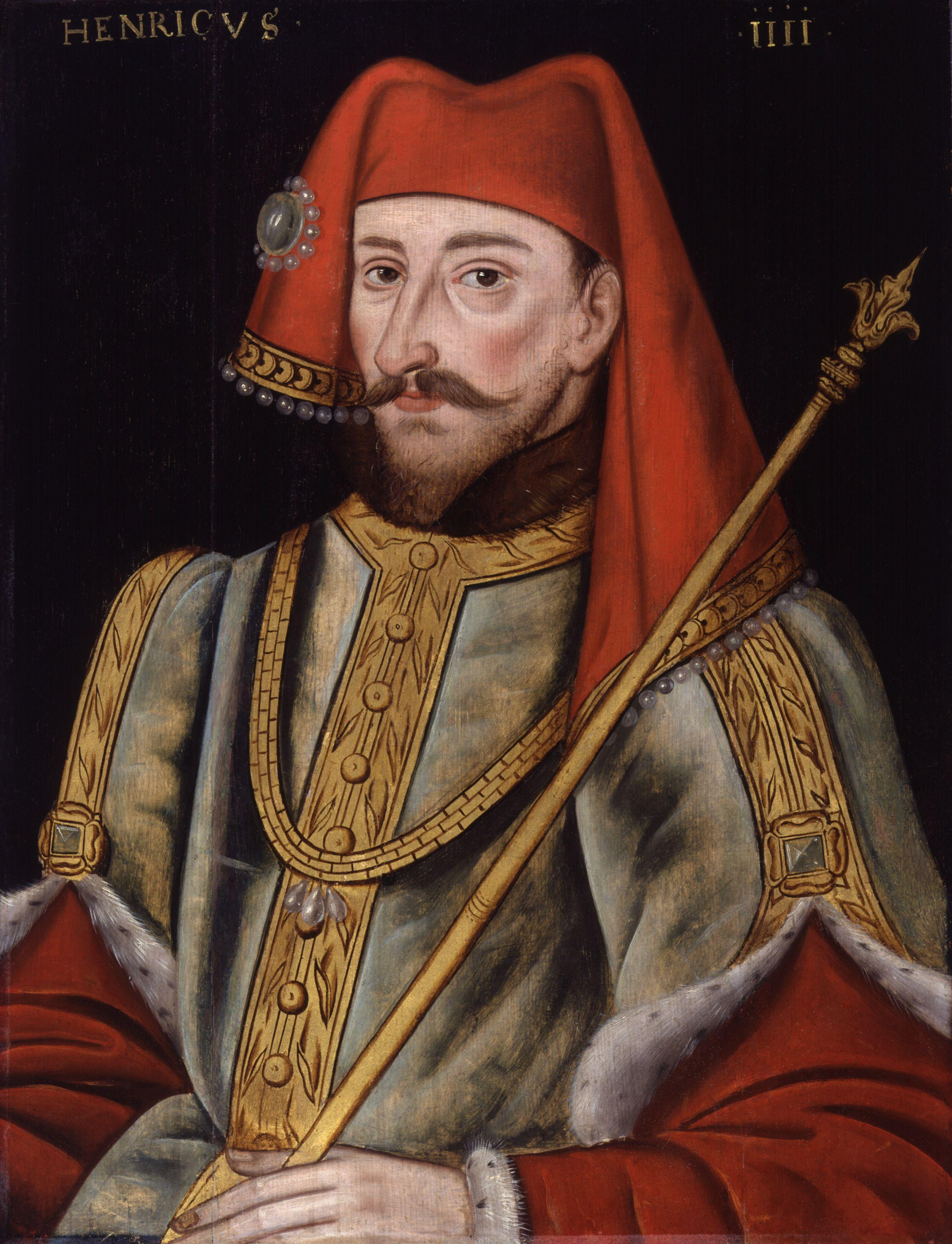
King Henry IV of England; Credit – Wikipedia
April 15, 1367 – Birth of King Henry IV of England at Bolingbroke Castle in Lincolnshire, England
King Henry IV of England, who usurped the throne from his first cousin King Richard II of England, and became the first Lancaster king, was the eldest surviving son of John of Gaunt (third surviving son of King Edward III of England) and his first wife Blanche of Lancaster. In 1380, Henry married heiress Mary de Bohun. Henry and Mary had six children but Mary died giving birth to their last child at the age of 25. In 1403, Henry married Joan of Navarre. They had no children but Joan got along well with her stepchildren. During much of King Henry IV’s 13-year reign, he was occupied with war. While in prayer at the shrine of Edward the Confessor at Westminster Abbey, Henry suffered a fatal attack, possibly a stroke. He was carried to the Jerusalem Chamber, a room in the house of the abbot, where he died at age 45. Henry was not buried at Westminster Abbey but instead requested that he be buried at Canterbury Cathedral, presumably because of an affinity towards St. Thomas Becket whose shrine was there.
Unofficial Royalty: King Henry IV of England
April 15, 1646 – Birth of King Christian V of Denmark and Norway at Duborg Castle in Flensburg, Duchy of Schleswig, now in the German state of Schleswig-Holstein
In 1667, Christian married Charlotte Amalie of Hesse-Kassel and the couple had seven children. Upon his father’s death in 1670, Christian succeeded him as Christian V, King of Denmark and Norway. Christian’s major disappointment was his unsuccessful attempt in the Scanian War to regain Skåne, Halland, and Blekinge, which had been annexed by Sweden during his father’s reign. Christian introduced the 1683 Danish Code (Danske Lov), the first law code for all of Denmark. He also introduced a similar 1687 Norwegian Code (Norske Lov) to replace Christian IV’s 1604 Norwegian Code in Norway. During Christian’s reign, colonies were established in Africa and the Caribbean as part of the Danish triangle trade. The city of Charlotte Amalie, on the island of St. Thomas, is the capital and the largest city of the United States Virgin Islands and was named after Christian V’s wife. Christian suffered severe injuries in a hunting accident on October 19, 1698, and never recovered, dying on August 25, 1699, aged 53.
Unofficial Royalty: King Christian V of Denmark and Norway
April 15, 1684 – Birth of Catherine I, Empress of All Russia, in Jakobstadt, Semigallia, Duchy of Courland and Semigallia, now Jēkabpils, Latvia.
Born Marta Helena Skowrońska, Catherine was the daughter of Samuil Skowroński, an ethnic Polish Roman Catholic peasant. She was the second wife of Peter I (the Great), Emperor of All Russia. Catherine and Peter had Catherine and Peter had twelve children, all of whom died in childhood except Anna, who died in childbirth at age 20, and Elizabeth, Empress of All Russia. Catherine became Empress in her own right after Peter’s death in 1725. During her short reign, Catherine was happy to leave the job of governing to her advisers. She was interested only in issues regarding the navy as Peter’s love for the sea had also touched her. Catherine’s health was adversely affected by living a difficult life, giving birth to twelve children, venereal disease that she contracted from Peter, and her heavy drinking after Peter’s death. 43-year-old Catherine died of tuberculosis in 1727.
Unofficial Royalty: Catherine I, Empress of All Russia
April 15, 1719 – Death of Françoise d’Aubigné, Marquise de Maintenon, mistress and morganatic second wife of King Louis XIV of France, at Saint-Cyr-l’École, France; buried in the chapel at Maison royale de Saint-Louis in St-Cyrr-l’École, France
Françoise was first a mistress of King Louis XIV and became his morganatic second wife after the death of his first wife. She founded the Maison Royale de Saint-Louis, endowed by Louis XIV in Saint-Cyr, France. The Maison Royale was designed to be a school for girls from poorer noble families, much as Françoise had been in her childhood. Following Louis XIV’s death, Françoise retired to Saint-Cyr where she died and was buried in the school’s chapel.
Unofficial Royalty: Françoise d’Aubigné, Marquise de Maintenon
April 15, 1729 – Death of Countess Maria Anna Katharina of Oettingen-Spielberg, the third of the four wives of Josef Johann Adam, Prince of Liechtenstein; buried at the Parish Church of St. Nicholas at Glogów, in Silesia, now in Poland. The church was destroyed in 1945 and the tomb was not preserved.
On August 3, 1716, in Vienna, Maria Anna married Josef Johann Adam. Josef Johann Adam and Maria Anna had five children including Josef Johann Adam’s successor Johann Nepomuk Karl, Prince of Liechtenstein. Maria Anna died on April 15, 1729, at the age of 35.
Unofficial Royalty: The Four Wives of Josef Johann Adam, Prince of Liechtenstein
April 15, 1764 – Death of Jeanne Antoinette Poisson, Madame de Pompadour, mistress and confidante of King Louis XV of France, in her apartments at the Palace of Versailles in Versailles, France; buried at the chapel of the Capuchin convent in Paris, France
Madame de Pompadour was the official mistress of King Louis XV of France from 1745 until 1750 and continued to serve as one of the King’s closest confidantes until her death.
Unofficial Royalty: Jeanne Antoinette Poisson, Madame de Pompadour
April 15, 1776 – Death of Grand Duchess Natalia Alexeievna of Russia in childbirth, first wife of the future Paul I, Emperor of All Russia, in St. Petersburg, Russia; buried in the Annunciation Church at the Alexander Nevsky Monastery in St. Petersburg, Russia
The daughter of Ludwig IX, Landgrave of Hesse-Darmstadt, in 1773, Wilhelmine married Grand Duke Paul Petrovich (the future Paul I, Emperor of All Russia), the son and heir of Catherine II (the Great), Empress of All Russia. After her marriage, she was known as Grand Duchess Natalia Alexeievna. After two-plus years of marriage, Natalia became pregnant. Sadly, she died at the age of 20 after six days of agonizing labor. Her child, a son, also died.
Unofficial Royalty: Wilhelmina Louisa of Hesse-Darmstadt, Grand Duchess Natalia Alexeievna of Russia
April 15, 1883 – Death of Friedrich Franz II, Grand Duke of Mecklenburg-Schwerin in Schwerin, Grand Duchy of Mecklenburg-Schwerin, now in Mecklenburg-Vorpommern, Germany; buried in Schwerin Cathedral
At the age of 21, Friedrich Franz succeeded his father Paul Friedrich as Grand Duke of Mecklenburg-Schwerin. He married three times: to Princess Auguste of Reuss-Köstritz (six children), Princess Anna of Hesse and by Rhine (one daughter), and Princess Marie of Schwarzburg-Rudolstadt (four children including Heinrich of Mecklenburg-Schwerin who married Queen Wilhelmina of the Netherlands). During his reign, which lasted over 40 years, Friedrich Franz II oversaw numerous reforms in the Grand Duchy, including the improvement of the national hospital system, reform of the judicial system, and the state church. Against the interests of his own relatives in neighboring Mecklenburg-Strelitz, he issued a liberal constitution in 1849. While the constitution was repealed the following year, his efforts made him immensely popular amongst his people. Friedrich Franz II died in 1883 at the age of 61.
Unofficial Royalty: Friedrich Franz II, Grand Duke of Mecklenburg-Schwerin
April 15, 1953 – Death of Luise Charlotte of Saxe-Altenburg, former wife of the future Eduard, Duke of Anhalt, in Altenburg, Germany; buried in the Saxe-Altenburg Ducal Cemetery in Trockenborn-Wolfersdorf, Germany
In 1895, Luise Charlotte married the future Eduard, Duke of Anhalt and they had six children. Luise Charlotte and Eduard divorced on January 26, 1918, a few months before her husband became Duke of Anhalt. She spent her remaining years in Altenburg, Germany
Unofficial Royalty: Luise Charlotte of Saxe-Altenburg
April 15, 1960 – Birth of King Philippe of the Belgians, at Château de Belvédère in Laeken, Brussels, Belgium
Full name: Philippe Léopold Louis Marie
Philippe ascended to the Belgian throne on July 21, 2013, upon the abdication of his father King Albert II. On December 4, 1999, Philippe married Mathilde d’Udekem d’Acoz and the couple had four children. Philippe’s eldest child Princess Elisabeth, Duchess of Brabant will become the first female monarch of Belgian due to changes in the succession law in 1991.
Unofficial Royalty: King Philippe of the Belgians
April 15, 1969 – Death of Queen Victoria Eugenie of Spain (Ena), born Princess Victoria Eugenie of Battenberg, wife of King Alfonso XIII of Spain, at Lausanne, Switzerland; originally buried at the Church of Sacré Coeur in Lausanne, France, reinterred in the Royal Vault in the Escorial near Madrid, Spain
Known as Queen Ena of Spain, she was the daughter of Princess Beatrice of the United Kingdom and Prince Henry of Battenberg. The current Spanish Royal Family are her descendants. In 1906, Ena married King Alfonso XIII of Spain. The couple had seven children and Ena passed on hemophilia to two of her sons. She threw herself into her new role as Queen and began working with charities that supported the poor, promoted education, and took a particular interest in nursing and hospital care. Following the establishment of the Second Spanish Republic in 1931, the family went into exile and Ena and Alfonso soon went their separate ways. In February 1968, Ena returned to Spain for the first time since going into exile in 1931 to serve as godmother to her new great-grandson, the future King Felipe VI of Spain. After she returned to her home in Switzerland, and soon her health began to fail. Ena died, aged 87, at her home in Lausanne, Switzerland, surrounded by her family.
Unofficial Royalty: Victoria Eugenie of Battenberg, Queen of Spain
April 15, 1974 – Death of Princess Irene of Greece, Duchess of Aosta, daughter of King Constantine I of Greece, at her home in Fiesole, Italy; buried at the Basilica of Superga in Turin, Italy
Irene was the daughter of King Constantine I of Greece and Princess Sophie of Prussia, a granddaughter of Queen Victoria. Irene and her sister Katherine served as bridesmaids for their cousin Princess Marina of Greece when she married Prince George, Duke of Kent in 1934. In 1939, Irene married Prince Aimone of Savoy, 4th Duke of Aosta, and the couple had one son. After the fall of the Italian monarchy in 1946, Irene and her son escaped to Switzerland while Aimone fled to Argentina. The couple was effectively separated after this time, having spent little time together during the preceding years. Aimone died in Buenos Aires in 1948. Irene lived at Villa Domenico in Fiesole, Italy, near her sister Helen, who lived in Villa Sparta. Irene died in 1974, after a long illness, at her home in Fiesole, Italy.
Unofficial Royalty: Princess Irene of Greece, Duchess of Aosta
This article is the intellectual property of Unofficial Royalty and is NOT TO BE COPIED, EDITED, OR POSTED IN ANY FORM ON ANOTHER WEBSITE under any circumstances. It is permissible to use a link that directs to Unofficial Royalty.




